Search Images
Browse Content (p. 193)
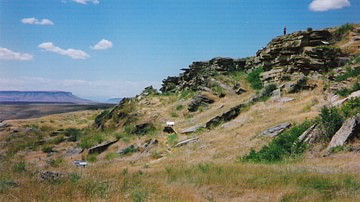
Image
Buffalo Jump, near Ulm, Montana
The buffalo jump near Ulm, Montana. Formerly called Ulm Pishkun, now called First People's Buffalo Jump. The buffalo jump was used regularly by Plains Indians in hunting North American bison by chasing them toward a cliff they would plunge...
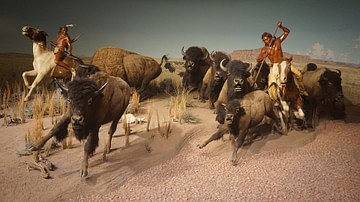
Image
The Crow Indian Buffalo Hunt Diorama
The Crow Indian Bison Hunt diorama.
The North American Indians: A Tribute to Survival exhibit, Milwaukee Public Museum in Milwaukee, Wisconsin, USA.
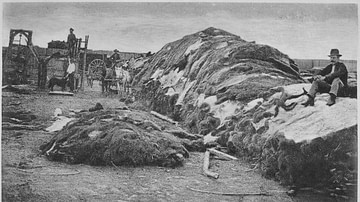
Image
Rath & Wright's Buffalo Hide Yard in Dodge City
Rath & Wright's Buffalo Hide Yard in Dodge City, Kansas, showing 40,000 buffalo hides. According to eyewitness accounts, such as those of Old Lady Horse of the Kiowa Nation, this became a common sight in the latter part of the 19th century...

Image
Map of the Extermination of the Bison
A map showing the extermination of the American bison to 1889, based on a drawing by conservationist and zoologist William Temple Hornaday. Light brown indicates the original range; brown suggests the range as of 1870; small black areas are...
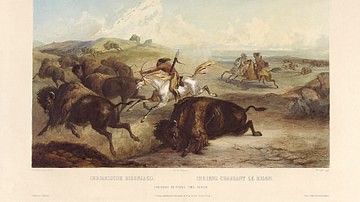
Image
Indians Hunting the Bison
Indians Hunting the Bison, aquatint by Karl Bodmer, 1832-34.
Nordamerika Native Museum, Zürich.
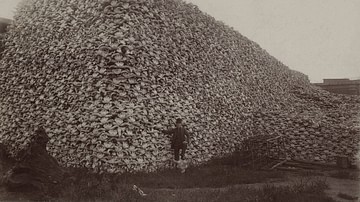
Image
Bison Skull Pile, 1892
Bison skulls piled at Michigan Carbon Works in Rougeville, outside of Detroit, Michigan, USA, 1892. The bones were processed for various commodities such as glue, dye, and fertilizer. Burton Historical Collection, Detroit Public Library...
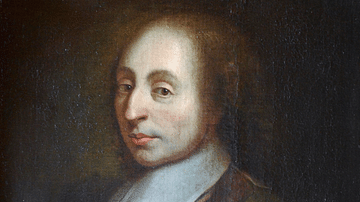
Image
Blaise Pascal
A c. 1690 oil-on-canvas portrait of Blaise Pascal (1623-1662), the French scientist, mathematician, and philosopher. (Palace of Versailles)
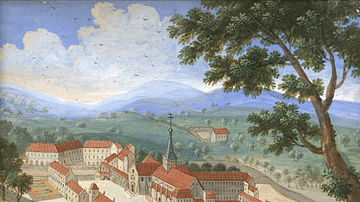
Image
Abbey of Port-Royal-des-Champs
An 18th-century painting of the Abbey of Port-Royal-des-Champs in France.
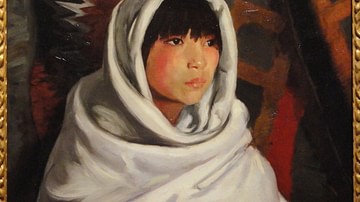
Image
Indian Girl in White Blanket
Indian Girl in White Blanket, painting by Robert Henri, 1917.
Corcoran Gallery of Art, Washington D.C.
Photo by Daderot.
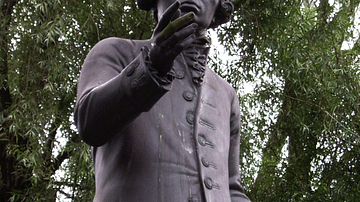
Image
Statue of Immanuel Kant
A statue of the German philosopher Immanuel Kant (1724-1804). In Kaliningrad, Russia (Köningsberg, East Prussia when Kant lived there).